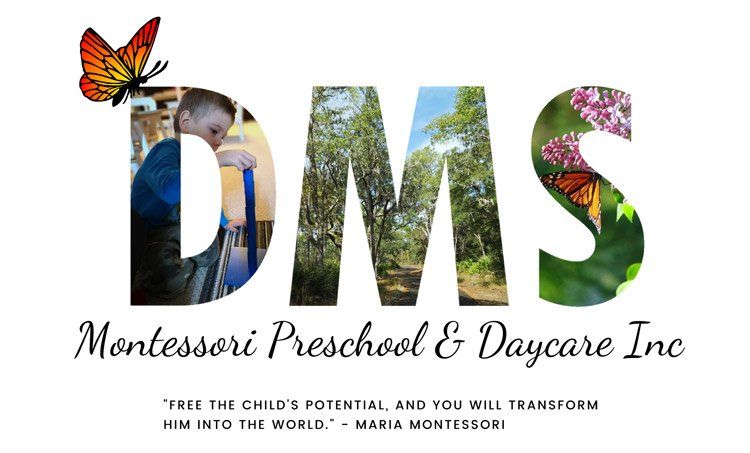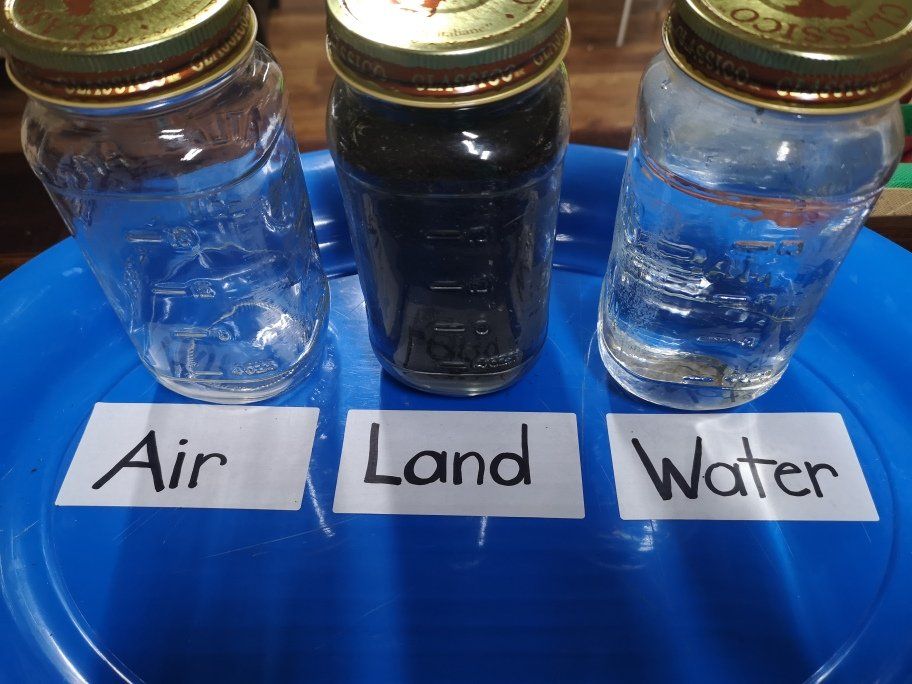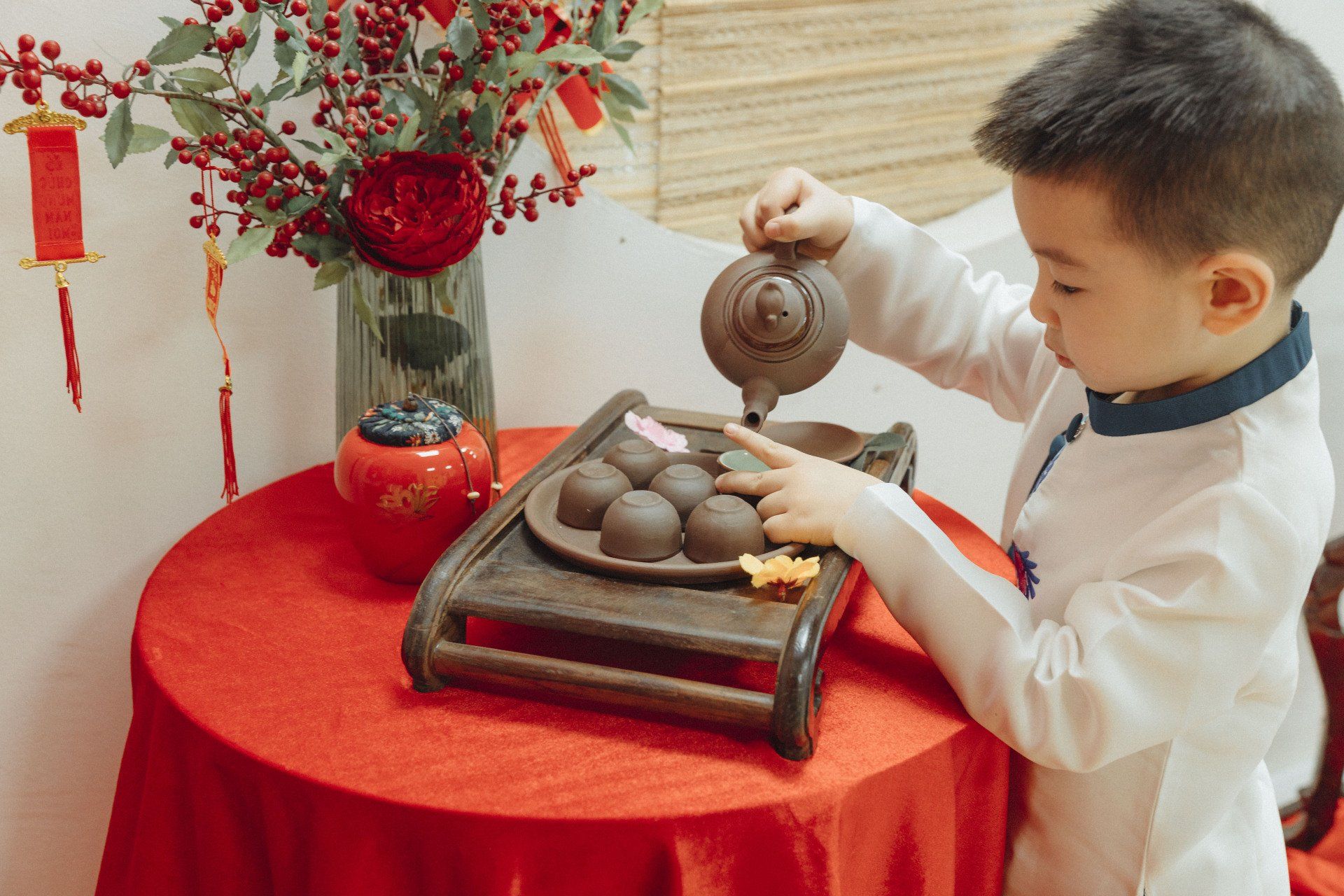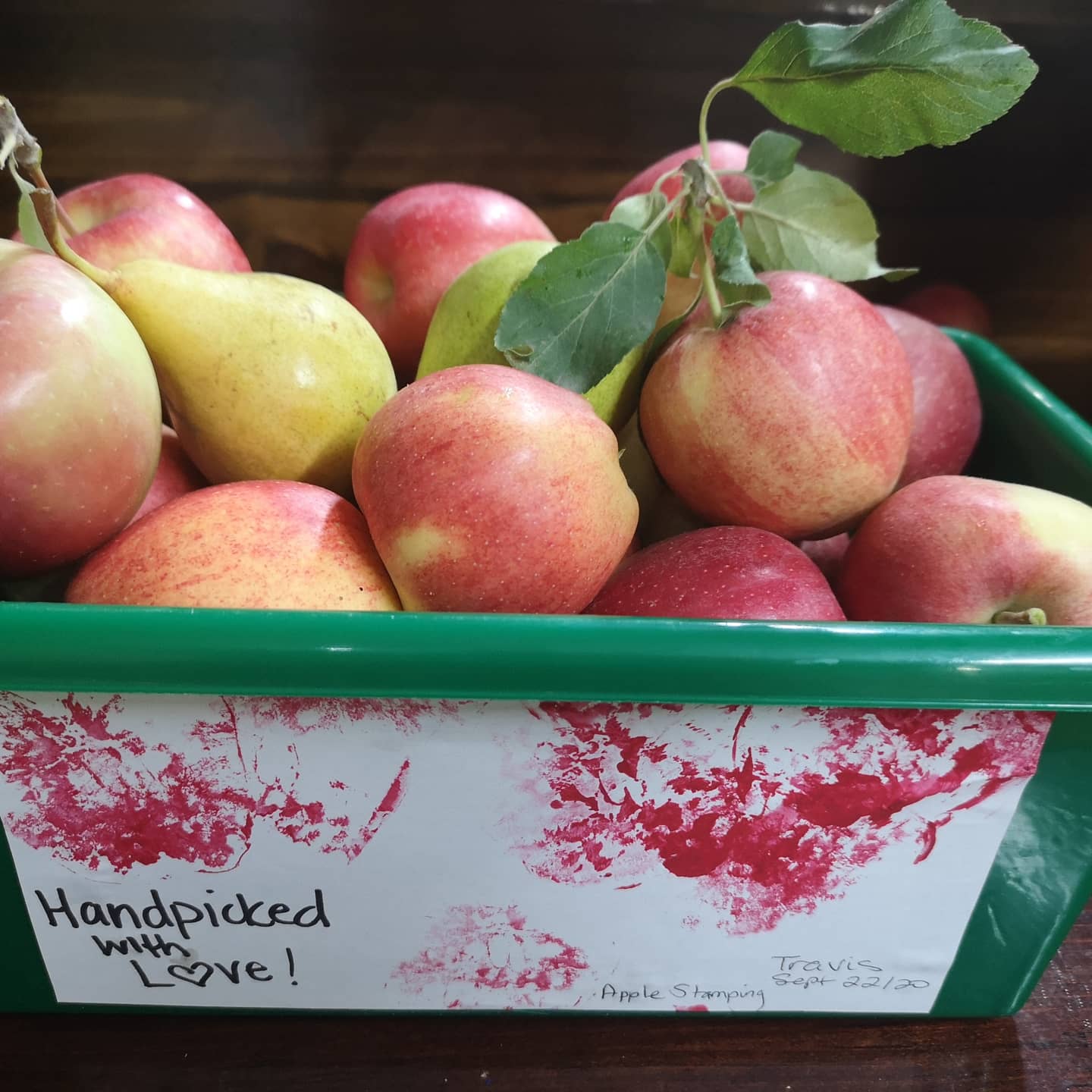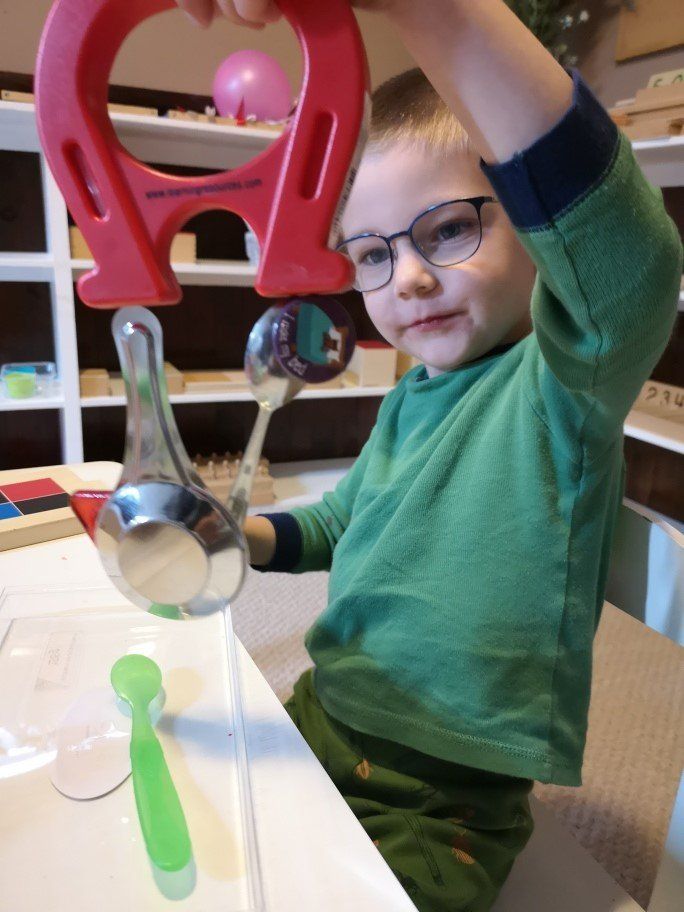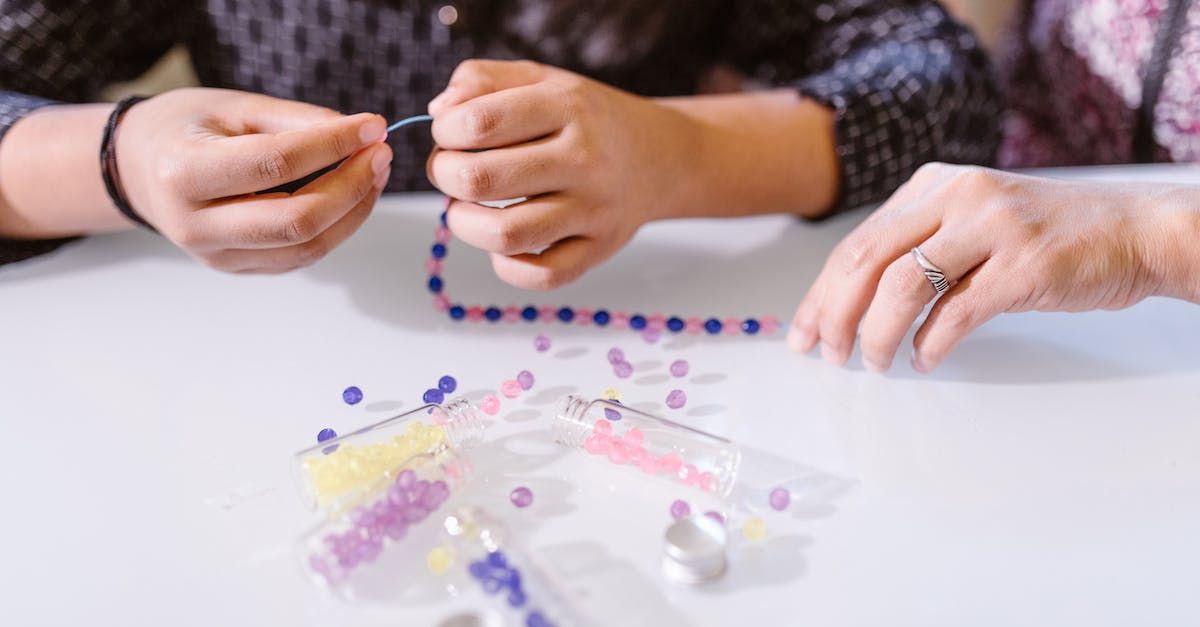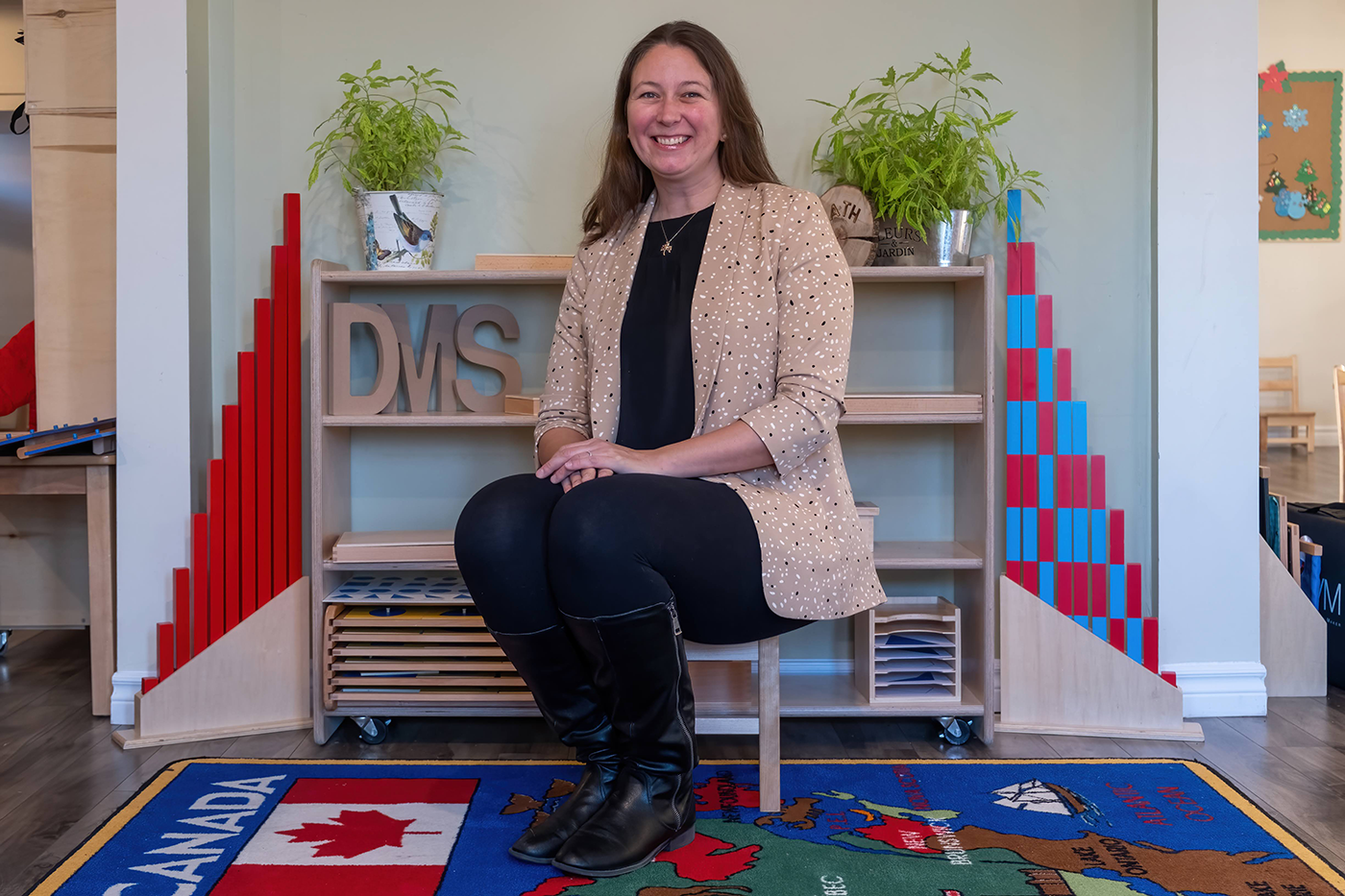The Montessori Birthday Walk
The Montessori Birthday Walk
The Montessori Birthday Walk: A Special Casa Classroom Tradition
In Montessori schools, birthdays hold a special significance, celebrated in a unique and meaningful way through the Birthday Walk. This tradition, rooted in the Montessori philosophy, is not just about marking a child’s birth but also about recognizing their growth, development, and the passage of time. The Birthday Walk allows children to reflect on their personal journey while reinforcing the sense of community within the classroom.
Understanding the Montessori Birthday Walk
The Birthday Walk is a cherished ritual in Montessori Casa classrooms, where children aged 2.5 to 6 years are invited to celebrate their birthday in a way that connects them with the natural cycles of life, particularly Earth’s journey around the Sun. This celebration aligns with the broader Montessori cosmic education, helping children understand their place in the universe and the rhythms of life.
By participating in the Birthday Walk, children develop a deeper understanding of time and their own growth. This hands-on activity offers even the youngest learners a symbolic experience of the passing of years, fostering a sense of wonder and curiosity about the world around them.
The Process of the Birthday Walk
The celebration begins with the teacher preparing the classroom for the event. A candle, symbolizing the Sun, is placed in the center of the room, with the children forming a circle around it, representing Earth’s orbit. The birthday child holds a small globe and walks around the "Sun," with each lap symbolizing one year of their life.
Here is how a typical Montessori Birthday Walk unfolds:
1. Setting the Scene
The teacher lights a candle in the center of the circle, representing the Sun. The birthday child stands beside it, holding a globe to represent Earth, ready to begin their journey around the Sun. This ritual symbolizes the natural rhythm of life, emphasizing the cyclical nature of time.
2. Telling the Child’s Story
As the child completes their first lap around the candle (representing their first year of life), the teacher, or sometimes a parent, shares significant milestones from that year—perhaps the child’s birth, first words, or first steps. Photos or special mementos from each year may be displayed to highlight these moments.
For example, as the child completes their first lap, the teacher might say, “When you were one year old, you learned to walk!” As they continue to walk for each subsequent year of their life, similar milestones are shared. This allows both the birthday child and their classmates to reflect on the passage of time and the child’s unique journey.
3. Celebrating the Present
Once the child has completed the appropriate number of laps (one for each year of their life), the class often sings a birthday song, and the child blows out the candle, signifying the end of the ceremony. Some classrooms may extend the celebration with additional activities such as sharing treats, singing songs, or making birthday wishes, in alignment with Montessori guidelines.
4. A Shared Celebration
The Birthday Walk is not just about the individual child; it’s a celebration for the whole class. The Montessori principle of community is reinforced as classmates gather to honor their peer’s journey. Children may share kind words or fond memories of the birthday child, fostering a spirit of respect, connection, and appreciation.
Educational and Developmental Benefits
The Montessori Birthday Walk is more than just a celebration. It offers significant educational and developmental benefits that align with the Montessori approach to holistic child development:
1. Learning the Concept of Time
For children in the Casa years, time is still an abstract concept. The Birthday Walk provides a tangible way for them to grasp the passage of years, using the Earth’s orbit around the Sun as a concrete symbol of time’s flow.
2. Encouraging Self-Reflection
The Birthday Walk gives children the opportunity to reflect on their personal growth and development. By looking back on their milestones, children build self-awareness and begin to understand the uniqueness of their individual journey.
3. Fostering Gratitude and Connection
The ritual deepens the connection between the child and their family, as parents or teachers share stories from the early years. It also fosters gratitude for the support system around the child and emphasizes the role of family and community in their development.
4. Strengthening Classroom Bonds
Since the entire class participates in the celebration, it strengthens bonds among peers. The Birthday Walk creates a shared experience, helping children celebrate each other’s milestones and reinforcing the values of empathy, respect, and community.
Personalizing the Celebration
While the Birthday Walk follows a general structure, Montessori classrooms often tailor the celebration to make it more personal and meaningful. Teachers may incorporate music, poetry, or even art projects into the ceremony. Some classrooms invite parents to join in the storytelling, bringing special items or family photos to share. This flexibility allows the Birthday Walk to be a unique and individualized experience for each child, honoring their personal journey and enhancing their connection to the classroom community.
Conclusion
The Montessori Birthday Walk is a profound and symbolic tradition that goes far beyond a typical birthday party. It celebrates the child’s growth and development, fosters a sense of time and self-reflection, and strengthens the bonds within the classroom. Rooted in Montessori’s principles of respect, empathy, and community, this tradition allows children to appreciate their own journey while feeling connected to the world around them.
Through this beautiful ceremony, children not only celebrate their birthday but also experience a deeper connection to the natural cycles of life, their peers, and the greater community—a truly special and meaningful way to honor the passage of time.

Your Privacy Matters!
DMS Montessori Preschool and Daycare Inc. is committed to respecting the privacy of individuals and recognizes a need for the appropriate management and protection of any personal information that you agree to provide to us. We will not share your information with any third party outside of our organization, other than as necessary to fulfill your request.
CONTACT US
101 Simcoe Street North
Oshawa, Ontario
L1G4S4
905-728-3372
dms@durhamregionmontessori.ca
JOIN OUR PUBLIC NEWSLETTER LIST - COMING SOON!
We will get back to you as soon as possible
Please try again later
DMS Montessori Preschool and Daycare | Montessori Preschool in Oshawa | Montessori |Daycare in Oshawa | Montessori Preschool and Daycare serving Durham Region |Oshawa, Whitby, Ajax, Pickering, Courtice | Daycare and Preschool Oshawa | Montessori School
2021 All rights Reserved
